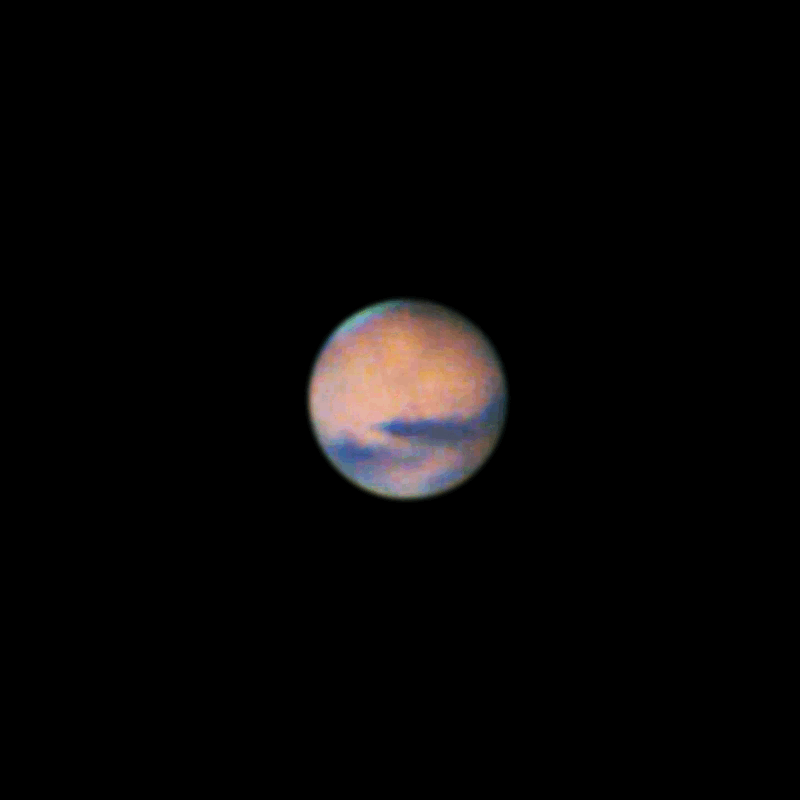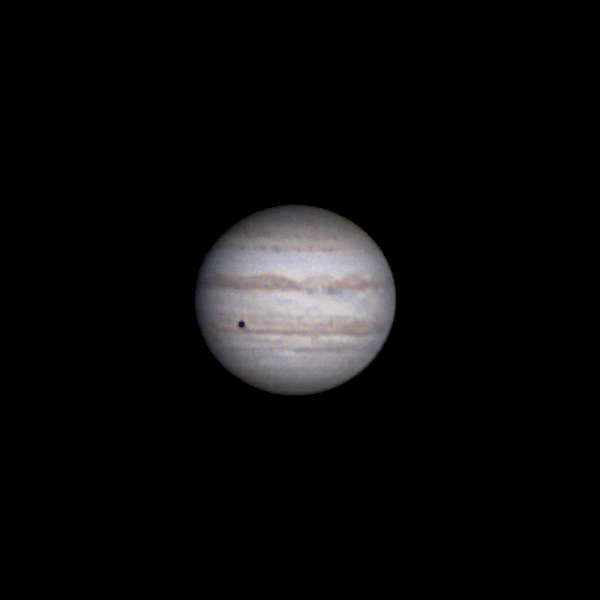I had the opportunity to test the ZWO ASI678MC planetary camera, which was kindly provided by ZWO, and my initial impressions are quite positive. Being the most affordable option in the new ZWO lineup with the latest Sony sensor, the ASI678MC incorporates Starvis 2 technology, eliminating amp glow. The built-in HCG mode effectively reduces noise, while its 83% Quantum efficiency and 11270 e- full-well capacity offer a commendable dynamic range for its price. The camera achieves a maximum FPS of 47.5 at the highest resolution, but by reducing the region of interest to 1920×1080, the FPS exceeds 100. As of this blog, it is priced at $299. While a monochrome camera with quality filters may yield the best planetary images, the ZWO ASI678MC is a user-friendly option that produces satisfying results, as showcased in this blog.
I had the pleasure of receiving the ZWO ASI678MC planetary camera from ZWO for testing purposes. It stands out as a budget-friendly option among their latest range of planetary color cameras. I put it to the test with my solar and planetary setup, and I am excited to share my first light pictures with you below.
Solar Images with the ASI678MC
It is essential to emphasize the importance of never looking directly at the Sun and always utilizing a certified solar filter for observation. I had the opportunity to test the ZWO ASI678MC planetary camera on the Sun with my new solar setup, which involved pairing it with the Daystar Quark Chromosphere and my 80/480mm APO refractor telescope. I am thrilled to share some initial images of the Sun that I captured using Sharpcap 4.0. With the asi678MC, I was able to obtain a live view of a fascinating sunspot region and a few C-Class solar flares. The camera’s ability to provide real-time color images of the Sun was impressive, although, for the purpose of capturing and processing, I utilized the mono feature of the camera and added color in Photoshop. It is worth mentioning that these images were among my early attempts at capturing and processing the Sun, so you should be able to achieve similar results without encountering significant difficulties.



Moon and Planetary Images with the ASI678MC
Embarking on the captivating realm of planetary imaging, I combined my ASI 678mc with the Celestron Edge HD 8-inch telescope, harnessing its native focal length of 2030 millimeters to delve into the wonders of the planets and capture exquisite close-up views of the Moon. The culmination of my efforts was a truly gratifying time-lapse video featuring Jupiter, adorned with its awe-inspiring Great Red Spot, and a captivating transitioning Moon Io within the frame. The exhilaration continued as I repeated this process during Mars’ close proximity to opposition in 2022. Moreover, I ventured into capturing wide-field images showcasing the splendors of Jupiter and Saturn. Despite average seeing conditions during the recordings, I derived great satisfaction from the outcomes. For more comprehensive insights into the art of Moon photography and planetary imaging, I encourage you to explore the tutorial section on this website, where you can uncover a wealth of valuable information.







Without a doubt, I am thoroughly impressed by the exceptional picture quality I achieved using the remarkably affordable ZWO ASI678MC color camera, which has now earned its place as my primary go-to camera for capturing celestial objects within our solar system. The results I obtained were truly remarkable and exceeded my expectations. I must also mention that ZWO has introduced the slightly more budget-friendly ASI662MC, providing another enticing option for enthusiasts. For a detailed technical comparison between these two cameras, as well as some older planetary camera models from ZWO, I invite you to explore the comprehensive information shared in this blog. May your stargazing endeavors be met with clear skies and endless wonders!
The ASI678MC is available at Agena Asto (USA/WW) and Astroshop (EU/WW).
ZWO ASI678MC SPECS:

Hi,
I very much appreciate the knowledge you share on your YouTube channel. I have always been interested in astronomy and photography so now I am interested in astrophotography. I am wondering if you can recommend guide scope / camera options. Thankyou.
Hi Ben, great, thanks! Check out this v/blog: https://astroforumspace.com/selecting-a-guide-scope-and-autoguiding-camera-for-astrophotography/
Good luck!
Wido.
Fantastic review! I am new to astronomy in general and recently got a celestron nexstar 6SE – I was contempalting between this and the ASI224MC – I believe this looks like the obvious winner if you agree? Do you think I could expect to achieve somewhat similar results of your above images even though I have a 6SE vs your 8 edge? Thanks in advance!
hi Vinny, the asi678MC is a newer model, and has a small pixel size of only 2 micrometers which results in a high imaging scale at native focal length (f/10 in my case). Sure, try to catch it with the 6″, you’ll definitely see the cloud bands of Jupiter. Good luck!
Hi Wido, I have the Skywatcher virtuoso 150p and im looking for a Astrophotography camera. Ive looked into it quite alot. But there is a lot on the market. And im just loosing track of all of it. I have read that the Asi zwo585mc has to be very good. But you dont mention it on your site. Would the asi zwo 678mc be a better choise? They are quite simulair in price. I dont want to go above 500,- (eu). I am planning to do Dso and Planitairy Photographing.
Hey Jaimy, I’m testing the 585mc cool this month. It may be the best combi for DSO and planetary, as it has cooling. My initial tests show no amp glow when taking long exposure pictures…should be good for planetary too at 2.4 pixel size.
You replied to this comment.
Hi Barbara, that’s unfortunate. I suggest you try to focus the camera during daytime on a distant object.
Or point it at a distant light source during the night.
The focus on the stars will not be exactly the same, but you’ll have a starting point.
It can take some effort to find the exact focus. Also, silly but, did you take off the dust cap :-)?
Good luck!